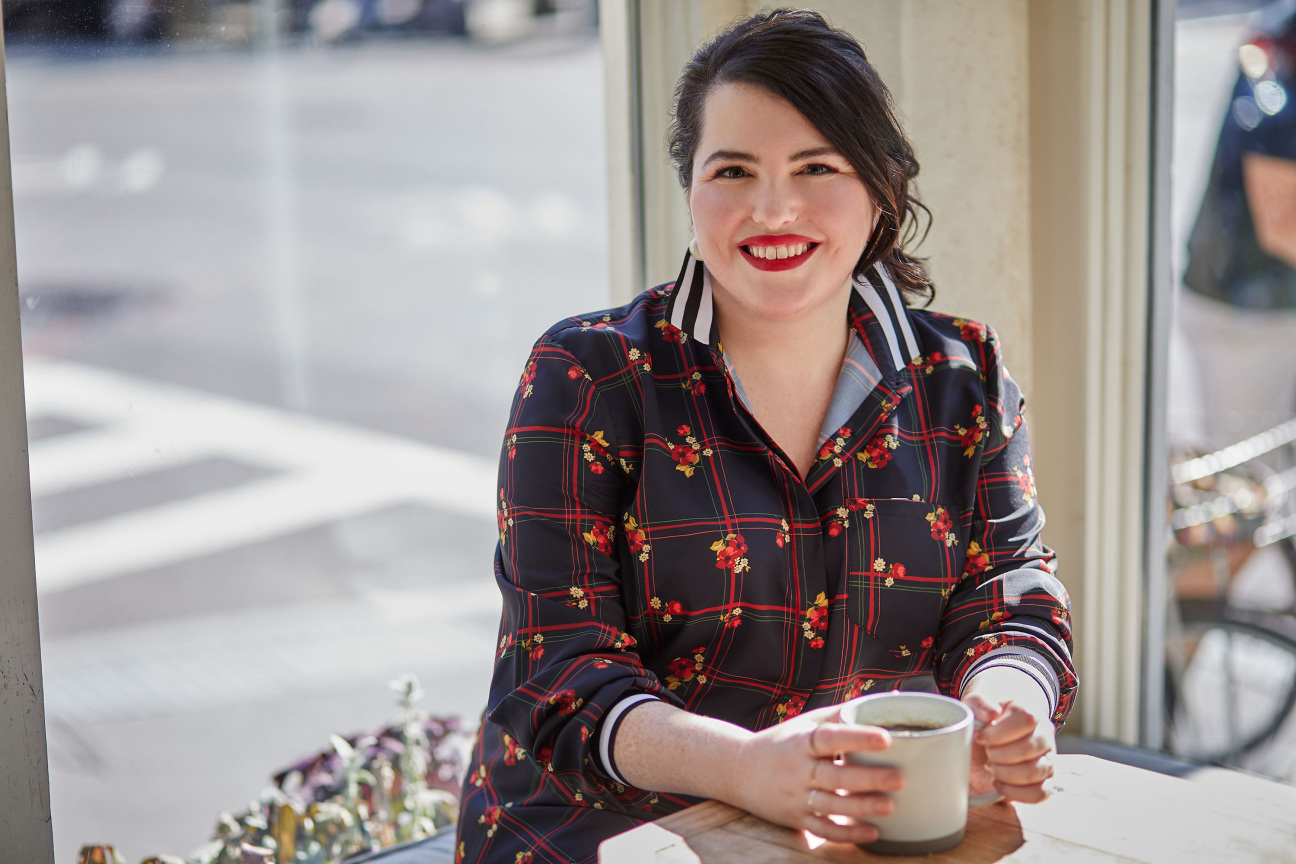
If you like to travel and eat, you’ve probably spent plenty of time reading Eater. The 20-year-old food brand is perhaps best known for its extensive annotated maps of where to dine in cities around the globe. Now, that expertise will be available in home kitchens everywhere with the publication of Eater: 100 Essential Restaurant Recipes from the Authority on Where to Eat and Why It Matters.
Out today, the tome brings together recipes from some of the world’s most famous and beloved restaurants, streamlined and adapted for the home cook. (Ever wanted to make a martini like the one at New York piano bar Bemelmans? Or assemble a lobster roll like those at Maine seafood shack McLoons? Now’s your chance.)
Ahead of the book’s release, CULTURED connected with its author, Eater's restaurant editor, Hillary Dixler Canavan, about her journey from waitress to powerhouse food editor, the plague of pay-for-play in food media, and why restaurants are a little like museums.
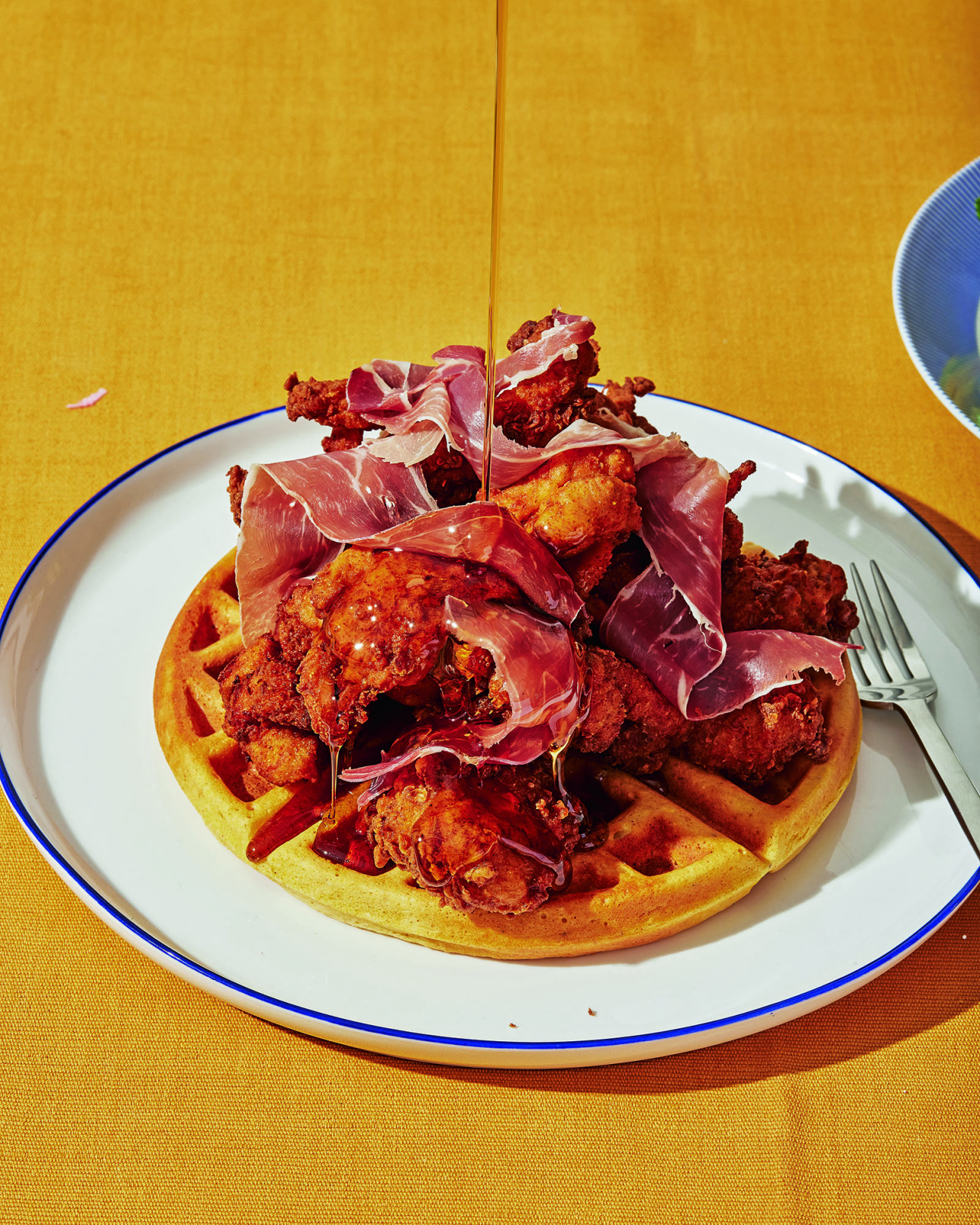
CULTURED: Where are you right now, and what's in your system?
Hillary Dixler Canavan: I live in Pasadena, and it’s 10:15 a.m. here. In my system, I have this morning's coffee and Cinnamon Toast Crunch with oat milk. Cinnamon sugar is just an objectively perfect breakfast flavor.
CULTURED: How would you describe the path you’ve taken to get where you are today?
Dixler Canavan: It makes sense to work backwards. I'm a restaurant editor, I've worked at Eater for over 10 years. I focus on our national restaurant coverage, so everything from trend pieces to talent spotting, and I lead our best new restaurants list every year. My work, much like the work Eater does broadly, can range from very serious to absolutely fun.
Readers will remember when I became obsessed with the movie Pig with Nicolas Cage. So I wrote about Pig like a million times on the site. I came to Eater from the restaurant world, working at Momofuku restaurant group. We didn't have job titles in that office back then, but I was there for the launch of Lucky Peach [magazine], which I credit with changing my career toward media. Before that, I was waitressing. I worked at the Breslin in the Ace Hotel as a cocktail waitress.
CULTURED: How has working in the service industry influenced the way you experience a restaurant?
Dixler Canavan: When you go into a restaurant, you can pick up on if everybody is really stressed out. My experience working in restaurants has informed the kind of stories I'm interested in reading and assigning, and the kind of stories that I've gotten our readers excited about, too. I have an ongoing interest in stories about operations. Restaurant operations are fascinating.
CULTURED: Where did the idea for a cookbook of 100 restaurant recipes come from?
Dixler Canavan: Telling a complex story through a list is something that’s a real strength of ours. We know how to bring a group of restaurants together and tell stories about them in a way that makes sense to our readers and that communicates something about where to eat and why. So in terms of logistics, we asked our staff, “Who do you wanna see in this book?” For some restaurants, there was a very specific recipe I had in mind. For some, we were more like, “What would you wanna do?”
Our goal was to make sure these recipes were doable at home. For example, we wanted the Xi'an Famous Foods cumin lamb with hand-torn noodles. I asked [Xi'an CEO] Jason Wang, “How would you feel if we started this recipe, instead of blooming a million spices in a pan, with a jar of your chili crisp?” You're gonna get a great result and actually be able to do this on a weeknight.
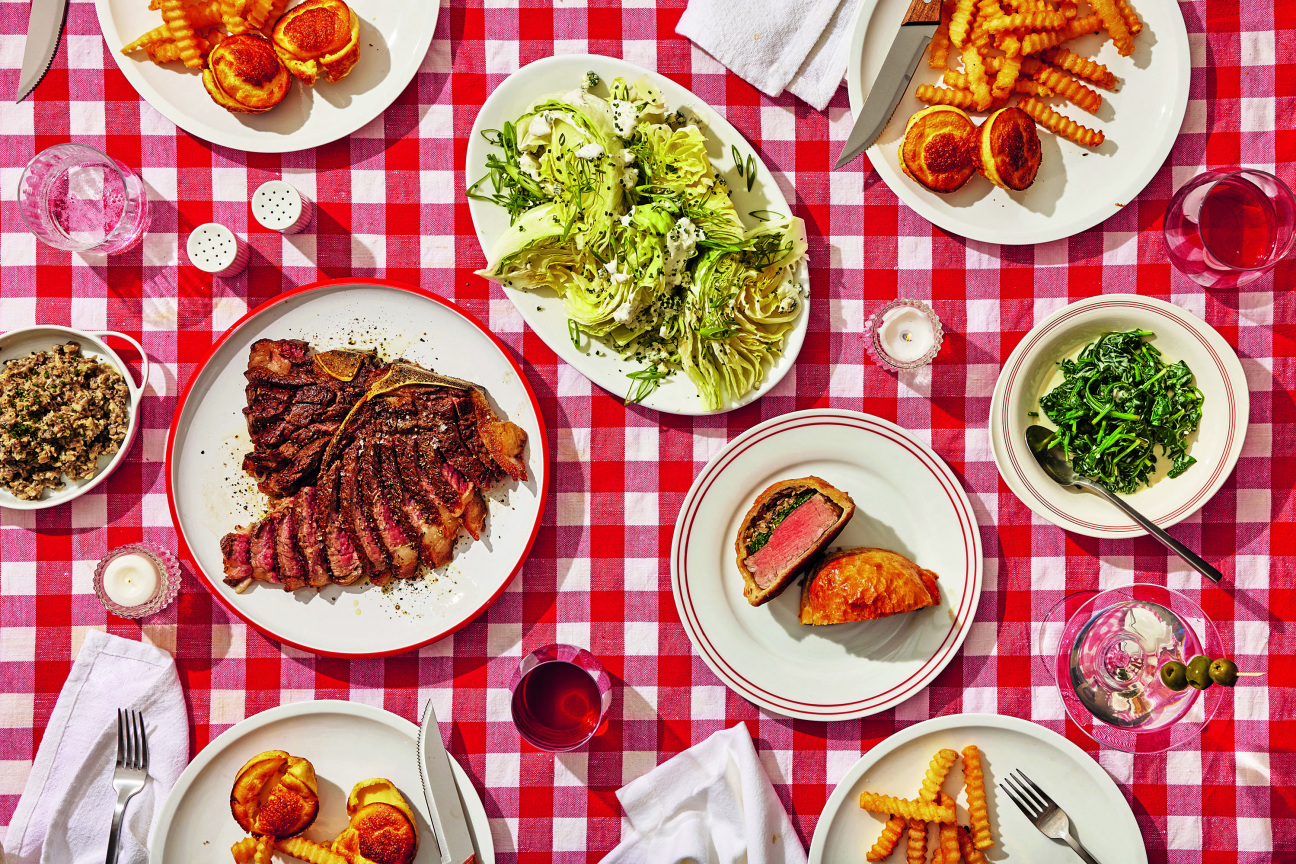
CULTURED: What do you think the world of food writing needs more of right now?
Dixler Canavan: We're in a moment where every media outlet, not just food, is feeling tight and squeezed. My hope for the next year is that these publications figure out how to navigate that constricted budget so that we don't lose the journalism. I want to see less of to each their own.
If you're fortunate enough to have built an audience for your work, I think it's incumbent to be clear about what the rules are. In food media, audiences can get easily confused between influencer content and journalism. I'd like to see less blurring. I think audiences deserve to know that if they're reading something that was not bought and paid for.
CULTURED: So more transparency?
Dixler Canavan: That's one of the big dynamics that's going on in the world of food—there's been a lot of blurring of the line. Eater is not the only publication where editors and writers have dining budgets and are independently eating at these restaurants. But that's not always clear. It’s also very easy for publications to default to the people they know their audience knows. Spotlighting people our audience should know and care about is so important, too.
CULTURED: Is there a restaurant that changed your life recently?
Dixler Canavan: There's a legendary Pasadena restaurant called Pie ‘N Burger. As the name suggests, it’s burgers and pies. On my Instagram, I have something I call the institution beat where I check out institutions and do write-ups. It's a personal passion project.
Institution restaurants have so much to tell you about any city. You can learn so much about where you are by what's lasted there. When I brought my three-year-old daughter to Pie ‘N Burger this summer—this is going to sound over the top—but I was really struck by the idea of continuity; the idea that there's this thing that she's now experienced that other people who grow up in Pasadena experienced before her and will experience after her, hopefully.
CULTURED: There's something about an institution that bears witness to so much, they're museums in a way. We don't treat them with as much respect as we would the Met, but they really are full of life. A restaurant is really good at condensing life and an experience of taste, joy, and emotion.
Dixler Canavan: During the early stages of Covid, I wrote about what we lose as we're leaving these restaurants. They're where so much of the best parts of our lives happen: the celebration dinners, the family gatherings.
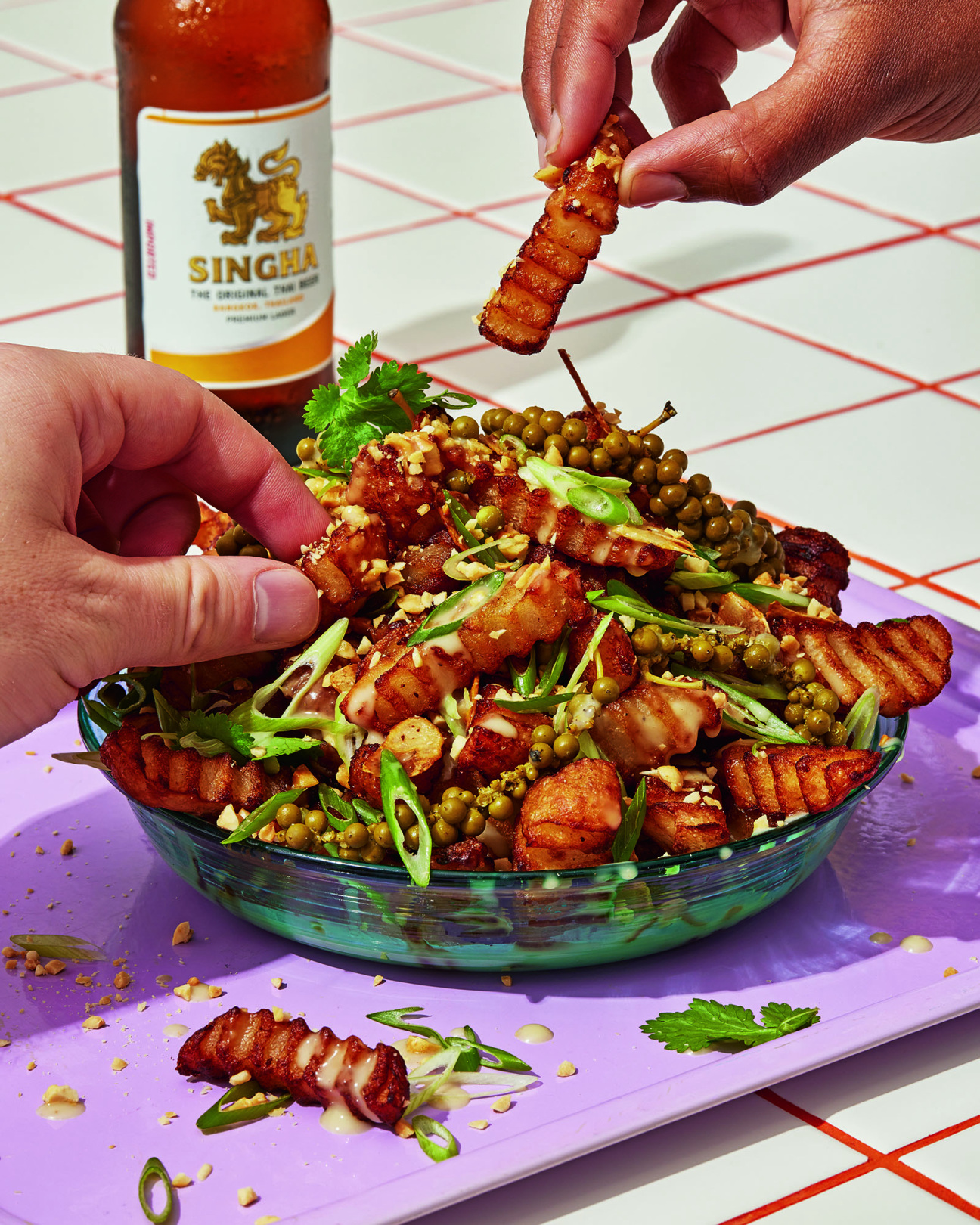
CULTURED: Time for a few rapid-fire questions. Breakfast, lunch, or dinner?
Dixler Canavan: Lunch. An excellent move is to go out for lunch during the work week. That’s the ticket to a happier, more productive work life. It's a great way to get into a place that can be too hard to get into at night. You can bring somebody that's part of your network. You're technically working, and you're having fun.
CULTURED: What is an underrated ingredient right now? An overrated one?
Dixler Canavan: I think tahini is underrated. Yes, people are using it now, which is great, but it can do so much more than just jump start your hummus. I use tahini for enhancing sauces for noodles. I use it for salad dressings. I use it as a topping for toast. Tahini toast with honey, that's a great breakfast. Overrated? I’m gonna get flamed for this, but very, very expensive tinned fish. People need to know that you don’t need the most expensive one to get what you're after.
CULTURED: What is your go-to gas station or airport snack?
Dixler Canavan: Gummy bears. I do not like messy snacks in the car. At the airport, if you have to buy, go with the muffins—scones are too unpredictable. Packing a peanut butter and jelly sandwich in your carry-on is low-key brilliant because you really never know when you’ll cross over to hangry.
CULTURED: You're hosting a dinner party. Who do your first three invites go to?
Dixler Canavan: My former coworker, cocktail expert John deBary. If you buy the book, you can get some of his cocktail tips in there. I’d love to invite one of the pastry chefs featured in the book, Claudia Martinez. Her desserts are so exciting. I'm making this dinner as a potluck. John will do cocktails. Claudia will do dessert. For the snacky section of the meal, I’d love to highlight Katie Button, who's the owner of Cúrate in Asheville and, in the book, has a recipe for her gilda pintxo.

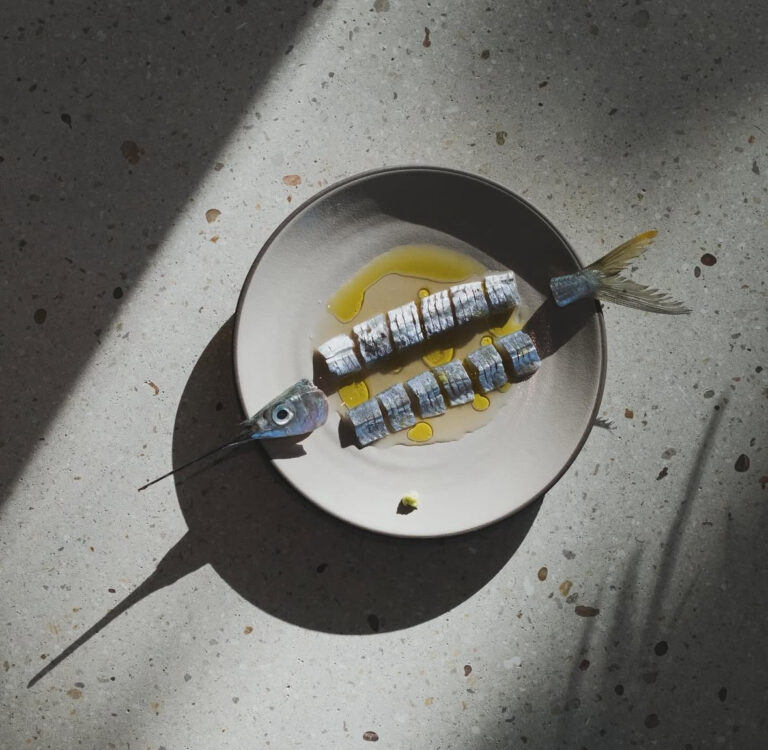
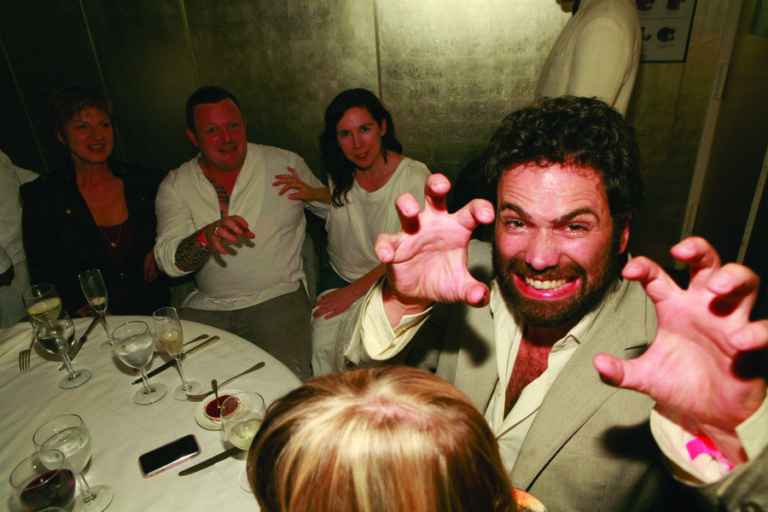

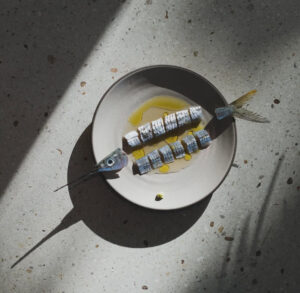
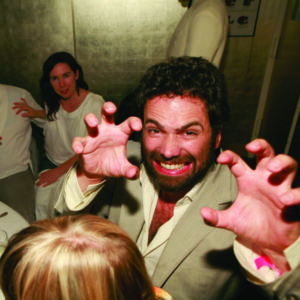
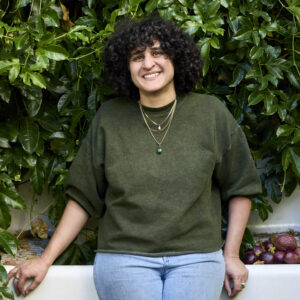



 in your life?
in your life?

